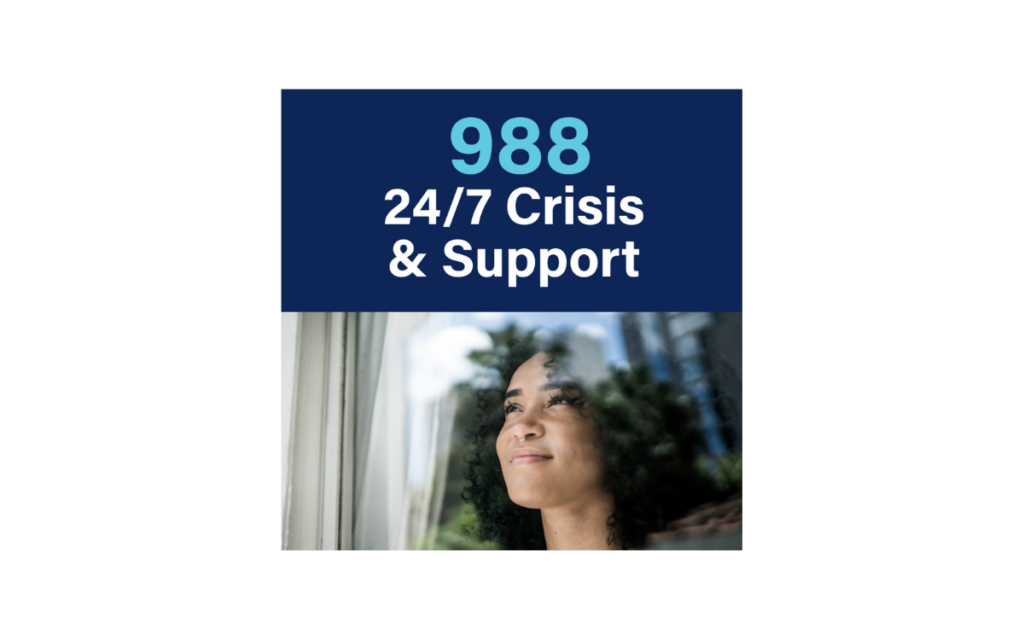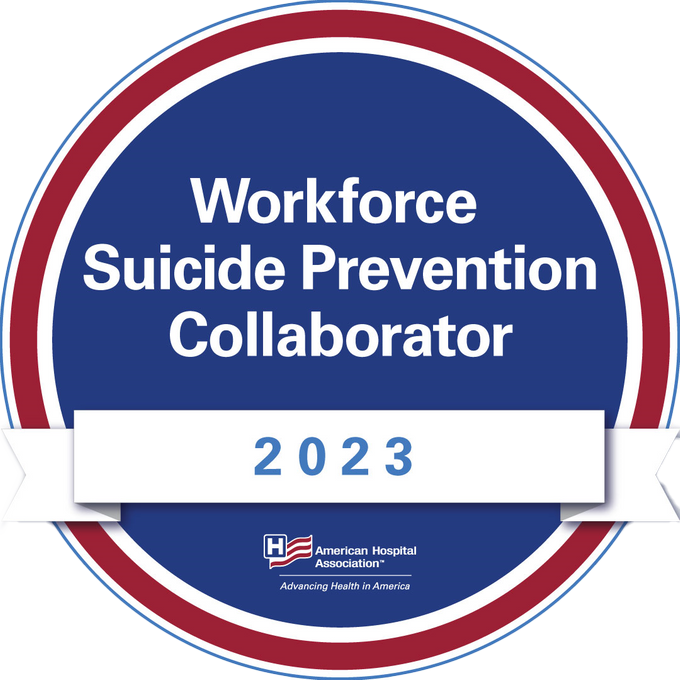In its first year, 988 has fielded more than 2 million calls from people experiencing a mental health crisis
It’s been one year since the release of the 988 Suicide and Crisis Lifeline.
The 988 Lifeline is a national network of local crisis centers that provides free and confidential emotional support to people in suicidal crisis or emotional distress 24 hours a day, 7 days a week in the United States
Since the launch in July 2022, more than two million calls have been fielded from people experiencing mental health emergencies—nearly double the number of calls the former 10-digit National Suicide Prevention Lifeline received the previous year.
Individuals can customize their support and select resources for specific populations including attempt survivors, ethnic minorities, loss survivors, LGBTQIA+ youth and adults, veterans, service members, and more. Callers can also choose between 240 languages through a Tele-Interpreters service.
Additionally, Lifeline Chat and Text is also available and connects individuals with crisis counselors for emotional support and other services via web chat or texting 988.
Increasing access and reducing stigma
Suicide is among the leading causes of death in the U.S. More than 48,000 lives were lost to suicide in 2021—equal to about one death every 11 minutes. The availability of the 988 Suicide and Crisis Lifeline has been an encouraging and critical step toward reducing stigma and creating greater access to care.
988 has also provided an alternative, for individuals, families, and friends to call when a loved one is experiencing a mental health crisis, rather than calling 9-1-1. Before 988, roughly 10% of police calls were for mental health emergencies. Now, people experiencing a mental health crises can connect to counselors trained to meet their specific circumstances.
“988 provides a front door that guides people in crisis to life-saving resources based on their unique needs. The availability of an easy-to-remember crisis lifeline has been a game changer. There are still challenges, as can be expected with the rollout of any new tool, but the simplicity and ease of seeking help when people are in need and the services provided are invaluable.”
Arpan Waghray, M.D., CEO, Providence's Well Being Trust Tweet
Long-term funding and raising awareness
988 has made great strides in its first year and the Department of Health and Human Services is investing an additional $200 million in funding. Yet it’s not enough to cover the resources needed in each state to support crisis center staff and manage call volume. In order to ensure long-term funding for 988, states must prioritize passing local legislation. Currently, only five states have enacted legislation to cover the telecommunication fees needed for call centers. Local funding would support the addition of more crisis centers in states that only have one, such as West Virginia, Nebraska, New Mexico, Colorado, Idaho and Utah. More centers and staff would also improve answer rates, which vary state to state. Alabama has the lowest answer-rate of 51% and Rhode Island and Mississippi are tied for the highest rate of 98%, according to research from the Kaiser Family Foundation.
Aside from funding, it’s critical to continue raising awareness about the hotline. Only about 20% of U.S. adults had heard of 988, and of those, 25% didn’t understand how to use it, according to an April survey from The Pew Charitable Trusts. The survey also found that most people who knew about the hotline were white, more educated and wealthier.
Whether on a federal, state or individual level—we must keep spreading the word and sharing the resource with family, friends and strangers. The more people know about 988, the more lives will be saved.
Spread the word about 9-8-8
View and share 988 Suicide & Crisis Lifeline resources with friends, family members, schools, civic and faith-based organizations:






